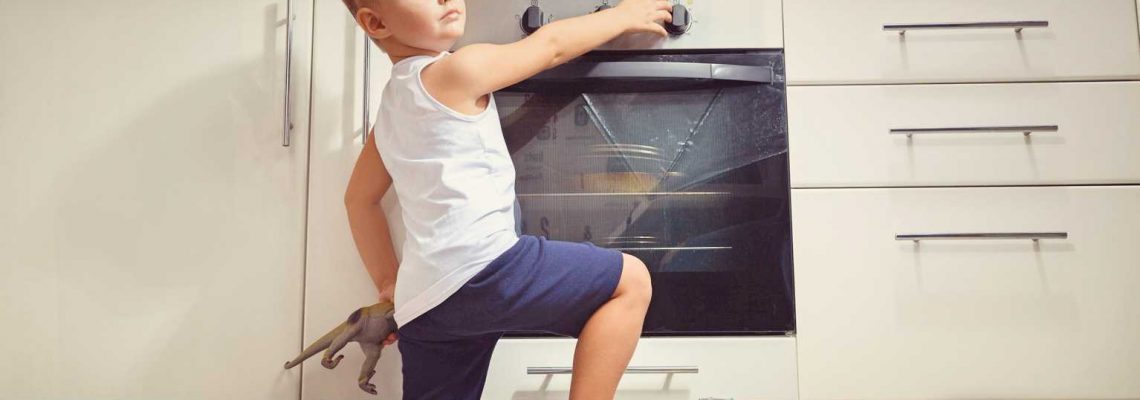Hidden Danger of Carbon Monoxide
We install smoke detectors in our home to prevent the dangers of fire damage in Springfield Missouri, but a carbon monoxide detector can be just as important to protect your family. Learn more about this potential hidden danger in your home.
You can’t see it, smell it, or taste it, but something in your home causes more than 430 Americans to die every year. The odorless, tasteless, colorless gas, known as the “silent killer” is Carbon Monoxide. According to the Centers for Disease Control and Prevention, 50,000 people in the U.S. visit the emergency room each year due to accidental Carbon Monoxide poisoning.
Carbon Monoxide is produced by common household appliances such as gas stoves or hot water heaters. When not properly ventilated, carbon monoxide emitted by these appliances can build up. Carbon Monoxide is found in combustion fumes, such as those produced by small gasoline engines, stoves, lanterns, burning charcoal and wood, and gas ranges and heating systems. Breathing Carbon Monoxide for an extended period of time can poison people and animals in these spaces.
Because Carbon Monoxide is basically undetectable to the human senses, people may not know that they are being exposed. The initial symptoms of low to moderate Carbon Monoxide poisoning are similar to the flu (but without the fever). They include: headache, fatigue, shortness of breath, nausea and dizziness.
High levels of Carbon Monoxide inhalation can cause: mental confusion, vomiting, loss of muscular coordination, loss of consciousness and ultimately death. Symptom severity is related to both the Carbon Monoxide level and the duration of exposure. Unless suspected, Carbon Monoxide poisoning can be difficult to diagnose because the symptoms mimic other illnesses. People who are sleeping or intoxicated can die from Carbon Monoxide poisoning before ever experiencing symptoms.
According to the CDC these are the best tips for staying safe from Carbon Monoxide poisoning:
● Never leave the motor running in a vehicle parked in an enclosed or partially enclosed space, such as a garage.
● Never run a generator, pressure washer, or any gasoline-powered engine inside a basement, garage, or other enclosed structure, even if the doors or windows are open, unless the equipment is professionally installed and vented. Keep vents and flues free of debris, especially if winds are high. Flying debris can block ventilation lines.
● Insure that your household appliances are installed by a professional to ensure the proper ventilation was installed.
● Never run a motor vehicle, generator, pressure washer, or any gasoline-powered engine less than 20 feet from an open window, door, or vent where exhaust can vent into an enclosed area.
● Never use a charcoal grill, hibachi, lantern, or portable camping stove inside a home.
What does Carbon Monoxide poisoning do to your body? Red blood cells pick up Carbon Monoxide quicker than they pick up oxygen. If there is a lot of Carbon Monoxide in the air, the body may replace oxygen in blood with Carbon Monoxide. This blocks oxygen from getting into the body, which can damage tissues and result in death. Carbon Monoxide can also combine with proteins in tissues, destroying the tissues and causing injury and death.
All people and animals are at risk for Carbon Monoxide poisoning, but unborn babies, infants, and people with chronic heart disease, anemia, or respiratory problems are more susceptible to its effects. The best way to prevent Carbon Monoxide poisoning in your home is to install a Carbon Monoxide detector.
PuroClean Certified Restoration wants you and your loved ones to stay safe in your home. The best way to avoid having to clean up from a disaster is avoiding it in the first place. But when the unexpected happens and your family needs help recovering from a disaster involving fire, mold or water damage, call the trusted experts at PuroClean Certified Restoration in Springfield, Missouri.


